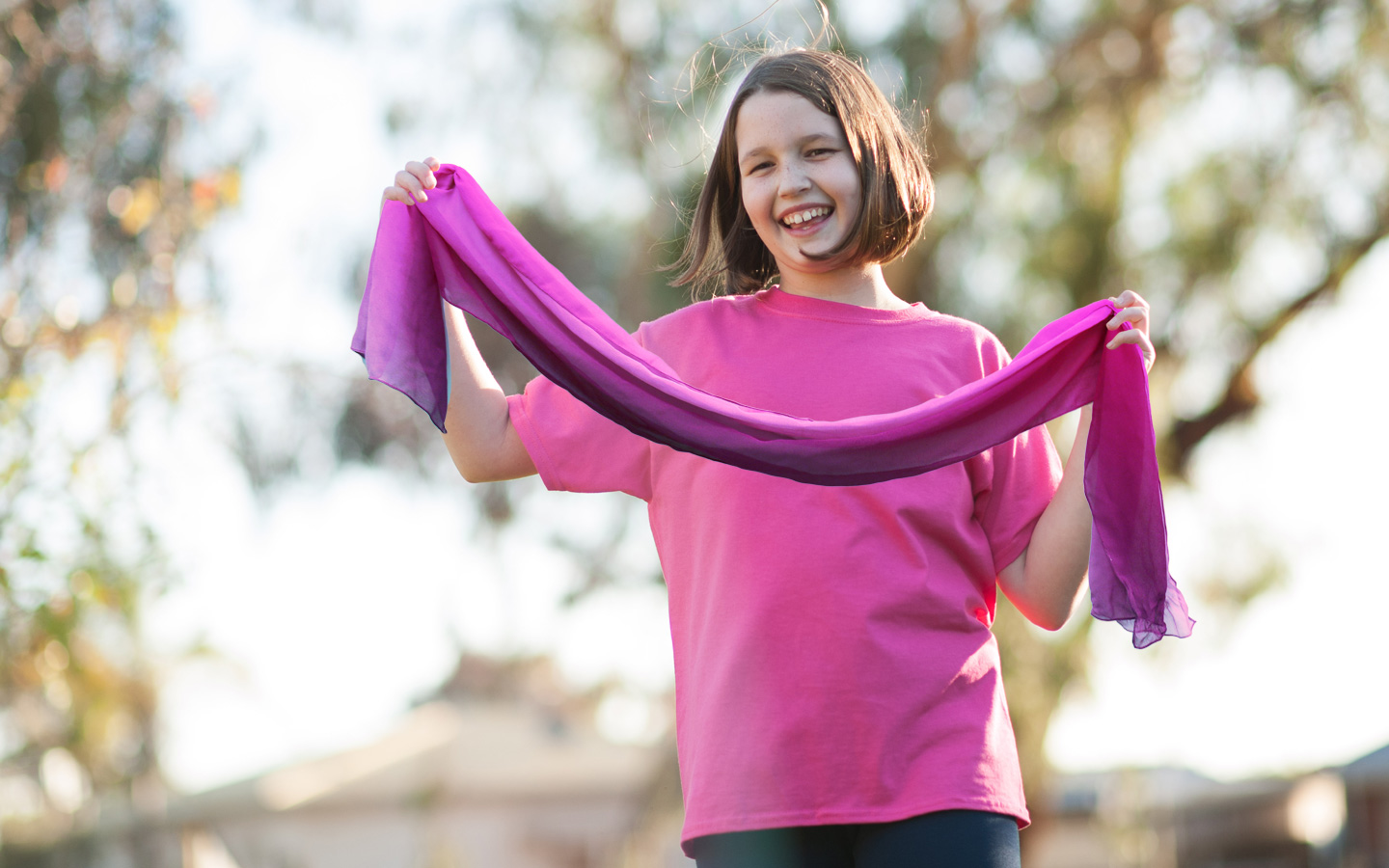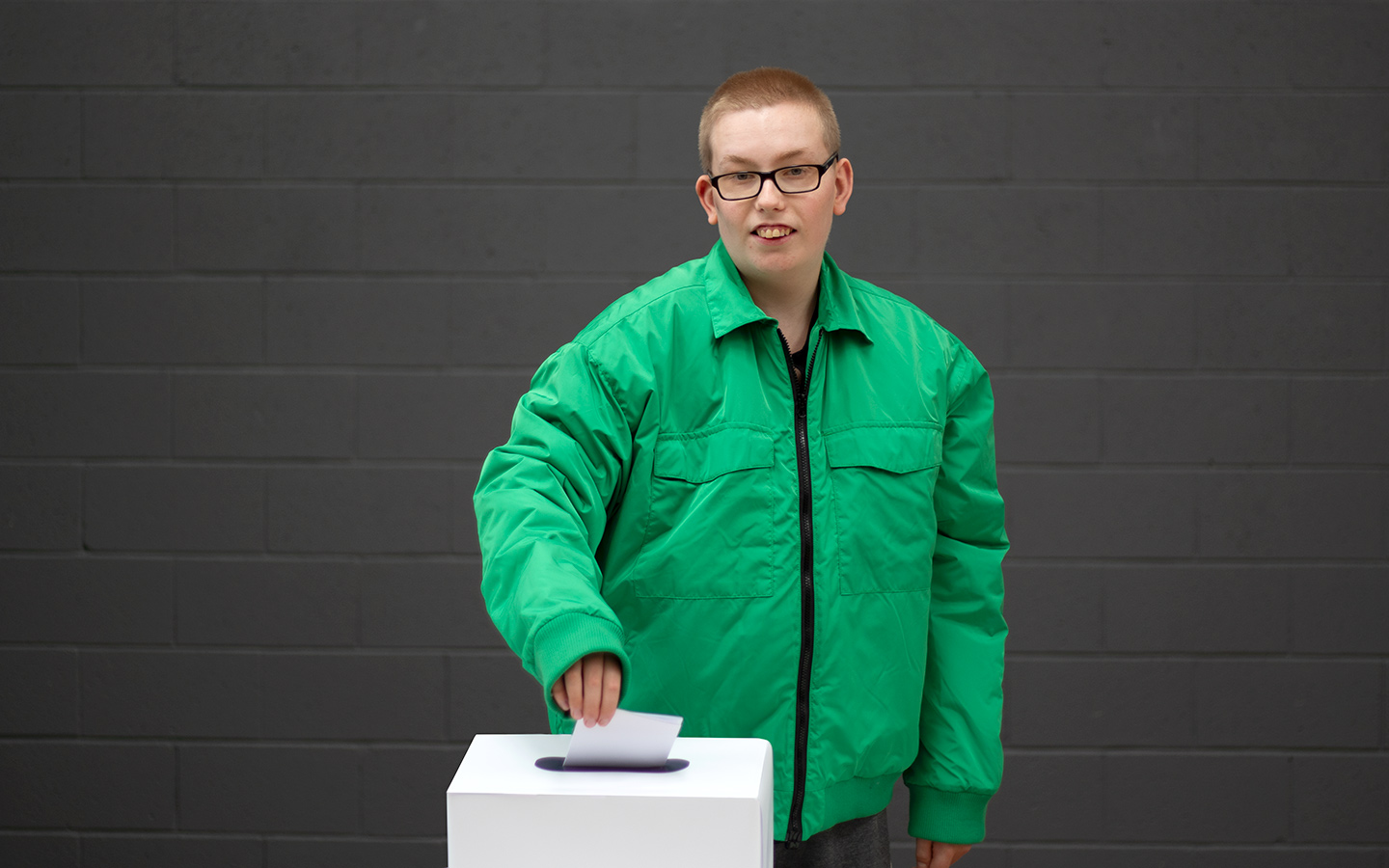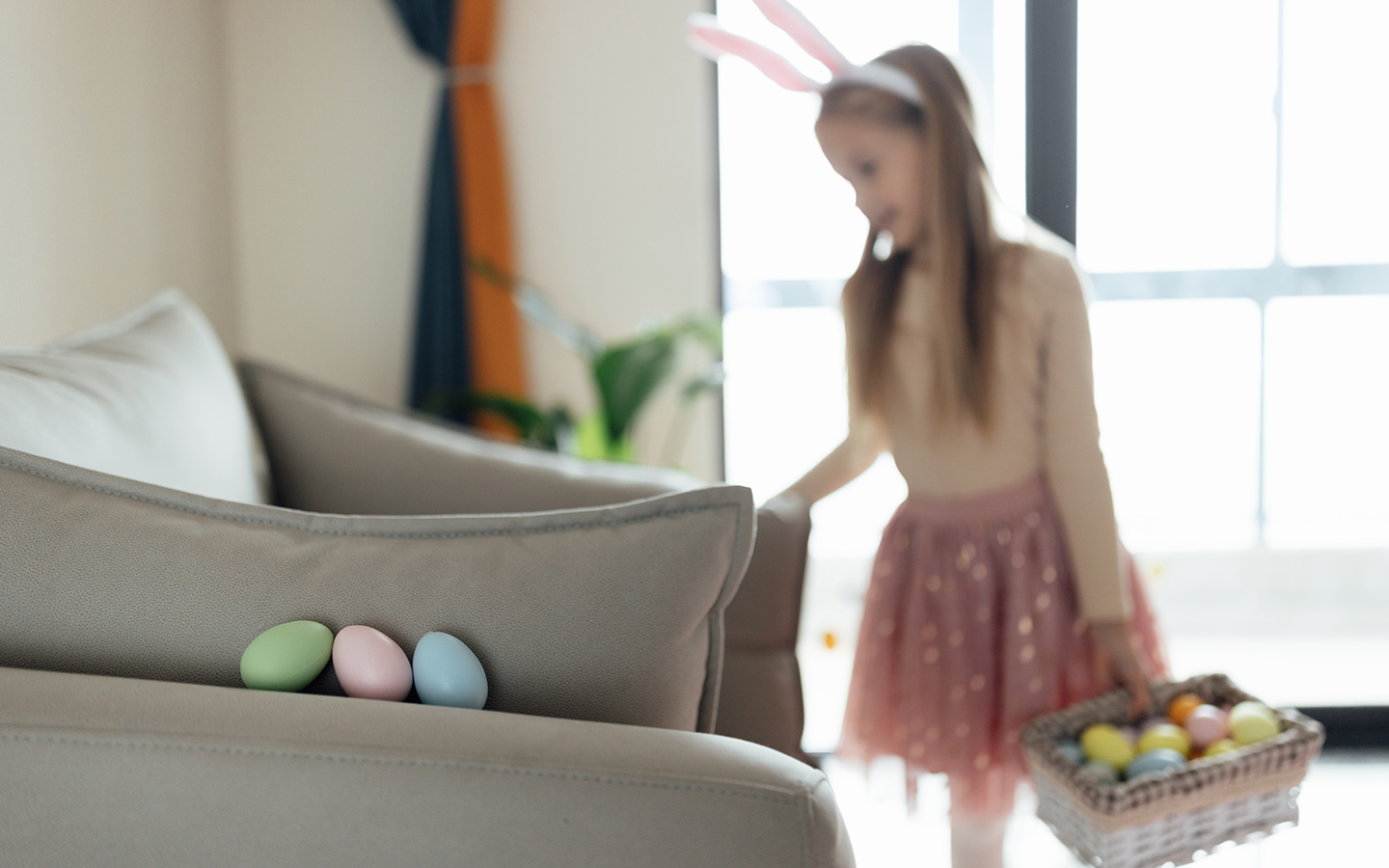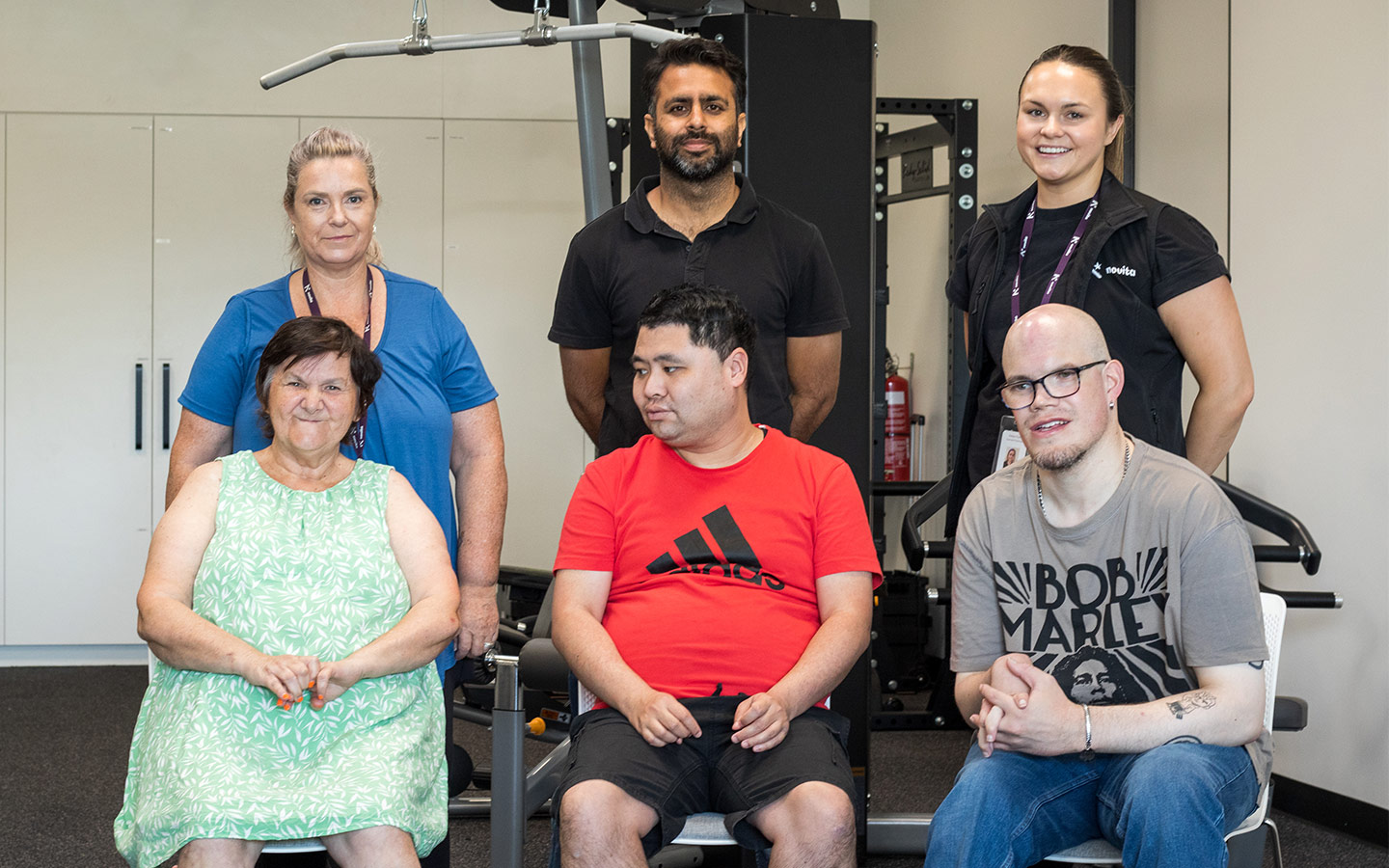Helpful Information
Creative dance at home these school holidays
access_time5min read

A body in motion stays in motion.
Physical fitness is important to everyone’s overall health, body and mind. Some kids find traditional exercising boring and more like a chore than something to be enjoyed. Dance, however, can be fun!
It’s also a great opportunity for parents to stay healthy!
Kids can get their heart rates up, burn calories and increase muscle strength and coordination through dance. In addition, kids can experience the same health benefits wiggling their hips and dancing to the music as they might do running, jumping, hopping or skipping.
There are many benefits for kids and young people living with disability to participate in dance:
- Physical fitness – individuals reach and maintain a healthy body weight
- Improved flexibility and strength
- Increase in confidence and self-esteem
- Improved coordination and assists gross motor skill development
- Having an outlet for creative imagination
- A great stress relief and mood booster!
While there are many different types of dance, ‘Creative Dance’ has been proven to support the physical and emotional development of kids and young people living with disability. Here are our top tips for choreographing your own creative dance session at home.
Creative Dance at Home
Creative Dance can support kids to build self-confidence through experimenting and exploring with movement whilst adding their own personal flair.
This activity is great for empowerment and encouraging kids’ independence as they let their imagination and body work to the beat of the music.
Creative Dance can include the use of props and extra materials, or it can be done without, instead highlighting the use of body as a dance tool.
What you’ll need to start your Creative Dance:
- Options of music that have a strong beat, are age appropriate and not too fast
- Consider how the kids might like to move to the music, and predict any problems or issues
- Make sure you have props and/or equipment for the session – such as scarves or silk ribbons which are needed for the activity
Creative Dance session step by step:
1. First, set some ground rules for the dance. Start by letting your kids know that there are no ‘right’ or ‘wrong’ ways to dance – it is simply the music guiding and moving the body
2. Next, give the kids some scarves or silk ribbons to use in their dance. To make the activity last longer, spread out the use of the props so that kids can get longevity out of the activity.
3. Play the music you’ve chosen together with your kids.
4. Encourage kids to dance around the room or outdoor space, moving their ribbons, scarves or any other props you might be using, to the music. You can join in here too!
5. Limit the music being played to about a minute or so – long enough for your kids to begin enjoying and relaxing into the activity, but not too long that they become self-conscious or bored.
6. Provide a range of props (scarves, ribbons, hoops, or anything you think would be good for kids to use) and mix up the objects that they are dancing with.
7. You can also encourage them to change up moves, show them new ones or get them to try to achieve actions that might be more difficult.
8. Keep adding in different props, new music and different dance moves to keep the kids thinking and interested.
See How Other Kids Dance!
Creative dance is great for kids’ self-confidence and creativity as each routine can be changed and altered depending on how they would like to enjoy the activity.
For some extra inspiration, we have found some great videos below that encourage dance as a form of therapy and fun for kids living with disability.
Learn more about Novita’s services and how we deliver therapy support services be emailing us at [email protected] or calling 1300 669 482.


